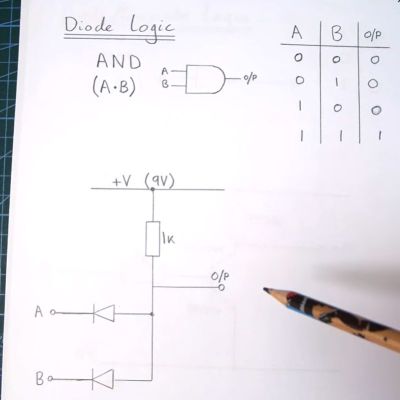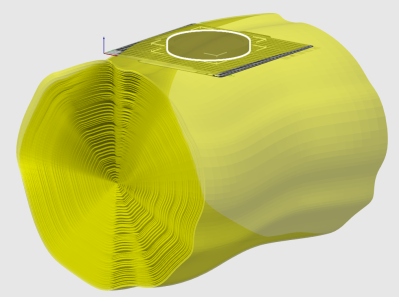Well, here’s an interesting idea: the service loop. Ever heard of it? We haven’t!
In the video, the presenter explains the service loop serves two purposes: on the one hand it may provide strain relief, but chiefly these loops are installed so there will be extra available slack in the cable if you need to rewire it some day to change the configuration of your pinout.
One major problem with the service loop may be that the single turn is enough to create an inductor which will then induce noise and cross-talk all over the place. Our rule of thumb is always to completely unroll wires and cables before using them. Do you have a theory about the benefits or problems with service loops? If you do, we’d love to hear what you think in the comments!
If you’re interested in strain relief, we’ve covered that before, and you don’t need a service loop to do it! Check out Cheap Strain Relief By Casting Hot Glue In A 3D Print and Arduino Uno Strain Relief.




















